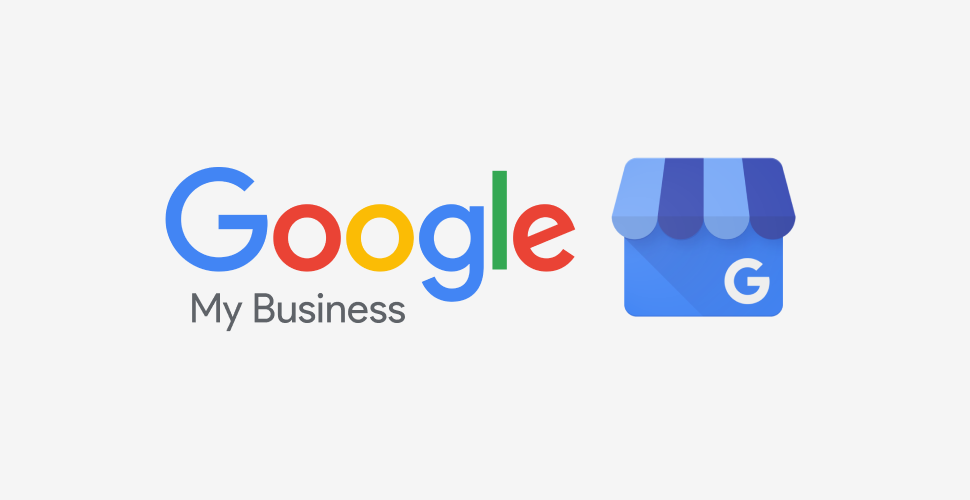Local SEO may not be as buzz-worthy as content marketing, or deliver flashy coverage like digital PR but, for some businesses, it should be their most important marketing channel.
Research from HubSpot shows that 46% of all Google searches are local, showing the enormous audience that is available for businesses to capitalise on. However, many site owners don’t realise the opportunities available and instead miss out on reaching customers.

Work on your Google My Business profile
Google My Business is one of the most powerful tools for local SEO. A profile will not replace a website, but it is the cornerstone of any local SEO strategy and can help to drive sessions, leads and eventually sales.
Before creating your Google My Business profile, do some keyword research on your industry and make sure your business name clearly outlines what the company does. For example, adding “estate agents & letting agents” to an estate agent’s business name will help to inform Google and users exactly what you do and give you a better chance of ranking for those terms.
Google are investing plenty of resources into Google My Business, and has added new features this year including a messaging service, more insights data and call logging. With Google updating its capabilities regularly, the tool is likely to become even more powerful in years to come.

Update online directories
The Yellow Pages may seem like a relic from another era, but online directories are a crucial part of any local SEO strategy.
By making sure business listings on sites such as Yelp, Yell and Thomson Local all match up to each other and the company Google My Business profile, companies are sending a signal to Google that the information is correct, which will increase your chances of appearing for local terms.
Updating these directories is very important, especially in the last year with the coronavirus pandemic impacting how businesses operate. Inconsistent information will confuse potential customers and potentially drive them to a competitor.
Don’t forget about UX and content
The best local SEO strategies must focus on UX. An otherwise great Google My Business profile will not drive leads if it is sending users to a page where they cannot convert.
For example, a local restaurant should make sure there is a “book a table” button on their Google My Business profile to allow users to quickly convert. By only adding links to the website and forcing users to click through several pages, the chances of converting are likely to be reduced.
Similarly, any page that the user is sent to needs to speak with authority about their products or services. When writing content, look at keyword research and competitors to try to understand the kinds of topics that users want to hear about. If users land on a page riddled with typos and unnecessary information, there is a strong chance they may look elsewhere.


